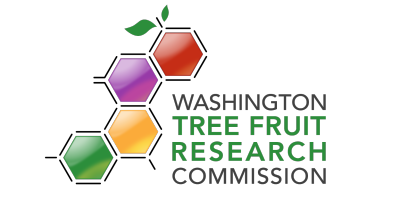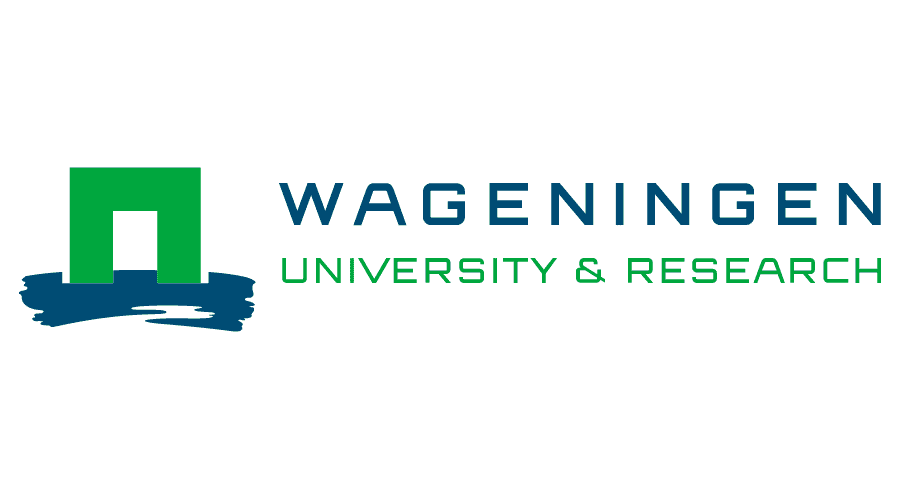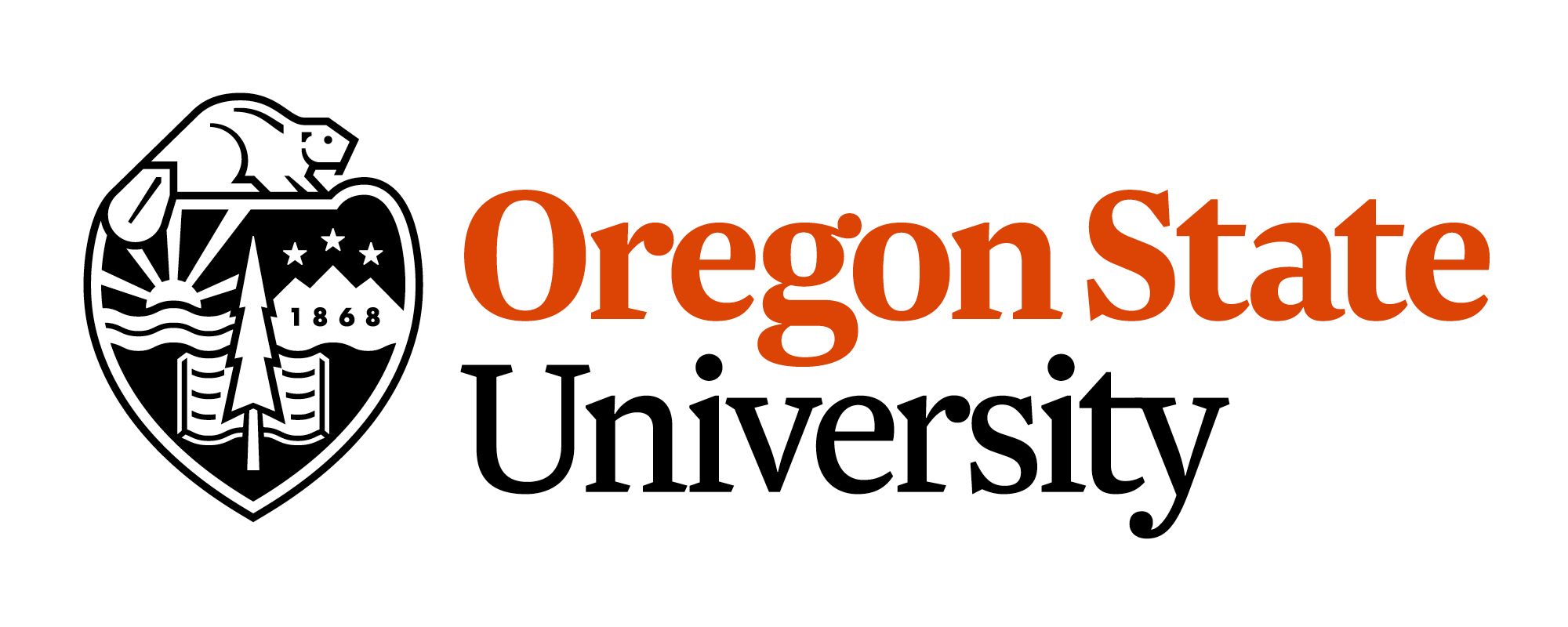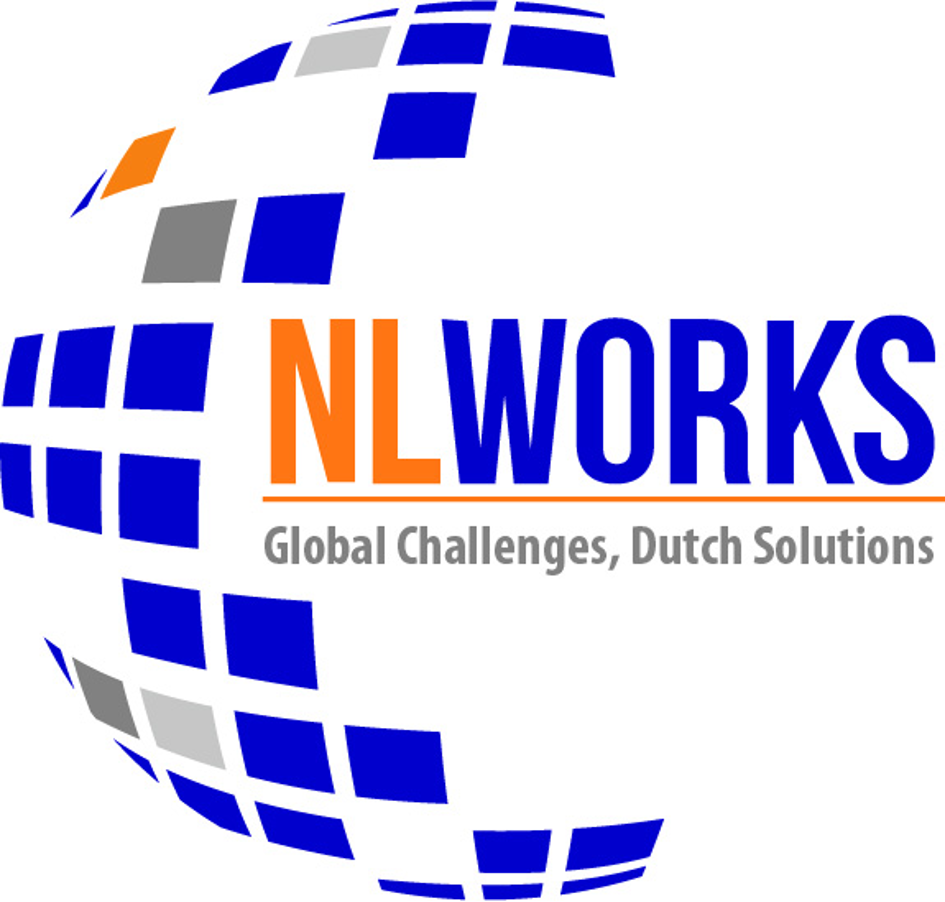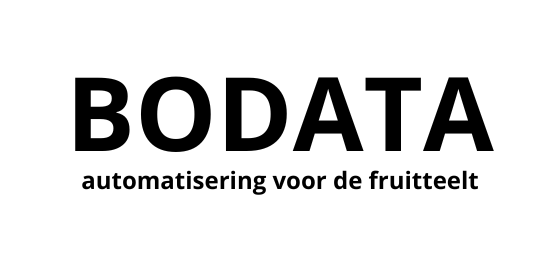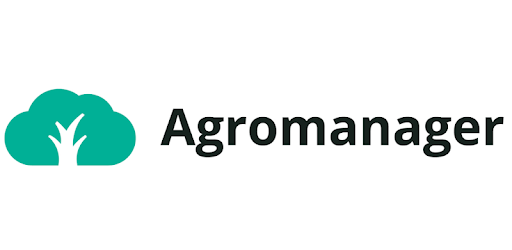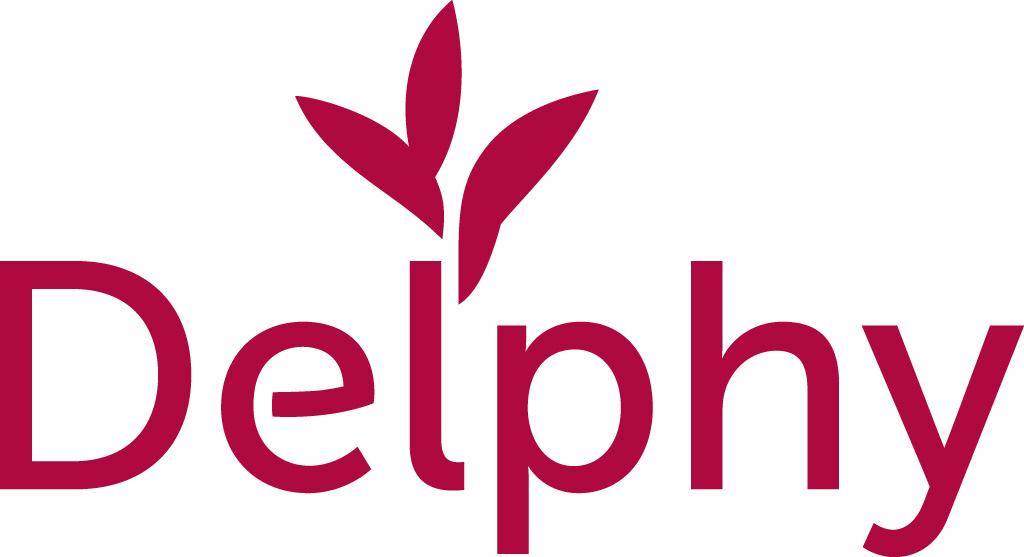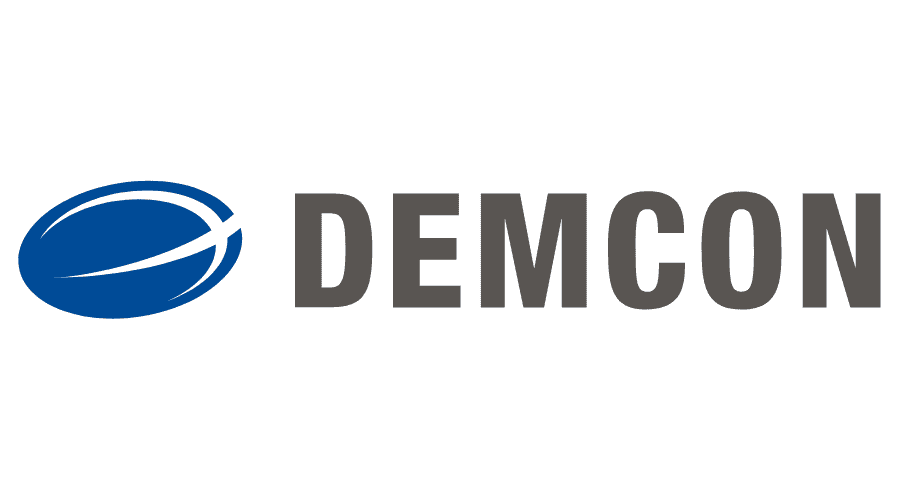In The Next Fruit 4.0 project, we not only focus on technology but also pay attention, in the Economic Validation & Adoption of Innovation Work Package, to the socio-economic impact of new technology and identify what conditions are necessary to rapidly implement new technology in practice. Until now, the focus has been on precision applications in the orchard. This year, we zoom in on the business model for the multifunctional robotic arm.
Exploring the Multifunctional Robotic Arm Business Model
One component of the study is to develop an initial vision on the economic perspective of the multifunctional robotic arm on the pear picking component. This vision can be helpful in terms of considerations to be made in the study and further development of the multifunctional robotic arm.
In collaboration with the consortium partners, we are exploring whether – with the current technical insights from the study – there are economic prospects for fruit growers and machine manufacturers. This will provide a picture of the potential market size, possible concerns and risks relating to development for machine manufacturers, and on payback time for fruit growers.
First version ready
Before the summer, a first draft version was developed for the economic calculation model of the multifunctional robotic arm for pear picking. In this model, the currently known technical assumptions (picking speed, capacity, quality of picking, etc.) from research and practice are linked to economic assumptions (expected investments, annual costs, impact on pear quality and yield price).
As might be expected, the mathematical model reveals that a crucial factor in making the use of robots by fruit growers profitable lies not only in the amount of the investment but, more importantly, the extent to which a robotic arm can be used for other work in the orchard. Consider, for instance, pruning or thinning. As the robotic arm becomes more widely deployable, the economic picture quickly becomes more favorable.
In the coming months, the mathematical model will be further refined based on insights and experiences of the machine manufacturers involved in the consortium.
By: Harry Kortstee (WEcR)






